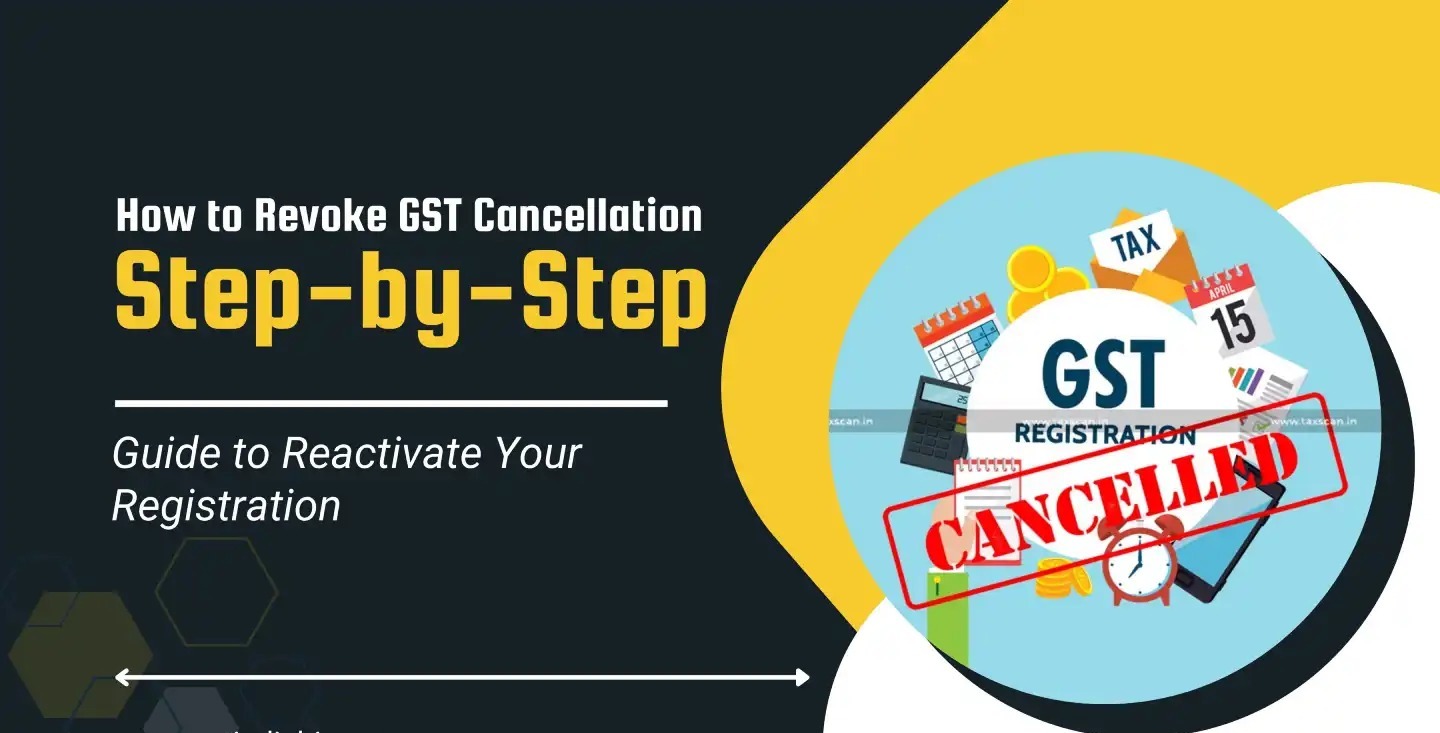M.H. Beg, J.@mdashThe appellants have been convicted under Sections 399 and 402 I. P. C. and sentenced to four year'' rigorous imprisonment each under each of the two sections. The appellant Bhooreju has also been convicted u/s 25(a) of the Indian Arms Act and sentenced to one year''s rigorous imprisonment All the sentences were directed to run concurrently
2. According to the prosecution case, Sujan Singh (P W 1) brought information to the Sub-Inspector Hirday Narain Pandey (P. W. 4). at police-station Bar. in the district of Jhansi, that Bhooreju appellant had proposed to him to join in the commission of a dacoity at the house of Pannalal Binia of village Dhangol. A first information report was, accordingly taken down at 5 p m on 2nd of November. 1962 at police-station Bar in which it was mentioned that Bhooreju known to Sujan Singh from before, had made a proposal previously and also at 4 p. m. on that very day and it also contains the name of Panna Lal of Dhangol at whose house the dacoity was to be committed. It also mentions that Sujan Singh was taken by Bhooreju to a place four furlongs from the village (it is not clear which village was meant) where he saw five other men sitting and met them and noticed that one of them had a gun and another had a spear and third had a pharsa. It was not staled there that this meeting took place at any Chabutara but it was stated that the party had decided to meet at a place three furlongs from village Dhangol at a place known as Babaji-ka-chabutara near a ''nala.'' The time at which they were to met was fixed, according to this F. I. R. at 1 hours past nightfall. The Station Officer is said to have taken a party with Sujan Singh and arrested the four appellants out of the six persons found assembled at Babaji-ka-chabutara at a distance of about four furlongs from village Dhangol and to have seized a gun from Bhooreju. The Station Officer then returned to the police-station and lodged a F.I.R. at 11-30 p m. It is not even mentioned in the F. I. R. that the police-party had taken any "very-light" pistol or any torch with it. It is a perfunctory and brief report which does not contain the usual particulars.
3. In support of the prosecution case the three witnesses, examined were: Sujan Singh (P. W. 1), the above mentioned informer, and the sub-inspector of police-station Bar. Hirday Narain (P W 4), and Deo Singh (P W 25, who was said to have been picked up on the way at a little distance from the place where the assemblage of dacoits is said to have taken place.
4. The first suspicious feature of the case is that the place where the decoits were to assemble has not been mentioned in his evidence at the trial by Sujan Singh as any place more specific than a place near village Dhangol although Sujan Singh''s supposed F. I. R. is clear and definite His evidence also shows that the place at which Bhooreju and Sujan Singh met five others was another Chabutara which was at first stated by him to be only at a distance of four furlongs from the Chabutara of Babaji. After giving this distance between the two Chabutaras, Sujan Singh (P. W. 1) stated that the first Chabutra, where he met the whole party in day time, was four miles from the second Chabutra of Babaji and that Sujan Singh had never visited it before. If this was so, Sujan Singh''s knowledge of the actual place where the alleged meeting was to take place could only be very vague. It is, nevertheless, mentioned in the F. I. R., purporting to have been lodged by Sujan Singh at 5 p. m., on 2nd of November. 1962, at police station Bar, that the decision taken by the party was to meet at "Babaji''s Chabutra" as though the place was known well. The statement of the Sub-inspector Hirday Narain also shows that he did not know where the dacoits were to assemble, and, apparently, the prosecution case was that Sujan Singh took the police party there.
5. In view of the confused statements made at the trial by Sujan Singh about his knowledge of the place where the dacoits were to assemble in contrast with the clear assertion about it in his supposed F. I. R., the following question was put to him in cross-examination.
"Did the Daroghaji take you to the place of occurrence or did you take the Darogha it there?"
6. It is surprising that such an essential question arising directly out of the inconsistent statements made by Sujan Singh, was disallowed by the learned Sessions Judge on the ground that the question was barred by the provisions of Section 162 Cr. P. C. in as much as the investigation had started after the report had been lodged by Sujan Singh at 5 p. m. on 2nd of November, 1962, and that the answer to the question must necessarily violate Section 162, Cr. P. C.
7. Section 162, Cr. P. C. only prohibits the use of a statement which has actually been made by a person to a police officer in the course of an investigation except as laid down in the proviso or in Section 162 (2) Cr. P. C. It does not, however, prohibit the asking of a question by either side on matters in issue or relevant without making use of any statement made to the police. The movements of the party which is alleged to have gone to arrest the alleged dacoits, the correctness of the allegation that information was given by an informer who look the police party to the place of assembly, the truth of the allegations that the raid was made at the time and place in question were all disputed. The question was very necessary for eliciting the truth on an essential matter.
8. The question was disallowed by the learned Sessions Judge due to an obvious mis-understanding of the prohibition, contained in Section 102 Cr. P. C., against the use of statements actually "made by a person to a police officer in the course of investigation" except where statements fall u/s 32(1) or Section 27, Evidence Act or are to be used for contradicting the evidence in Court in accordance with the procedure prescribed by Section 146 Evidence Act. Before a witness can be contradicted by any statement he has to be asked whether he made that statement before the police during Investigation. Therefore, the cross-examining party is always permitted to ask a witness whether he made any particular statement before the police unless the answer to the question could come within some prohibited class of statements. A question cannot be disallowed in cross-examination on a merely hypothetical ground that the answer to it may result in divulging something the witness may have told the police. Statements by witnesses to the police are not privileged communications The object of Section 162 Cr. P. C. is not to prevent disclosure of communications made to the police but only to prevent the misuse of proceedings meant for the honest and proper investigation of offences.
It is possible that the answer to the question wrongly disallowed may have added to the indications that there are in evidence upon the record, of the truth which appears to be that Sujan Singh had been made to assume the role of an informer, although he did not himself possess, to the police, and also that he alleged lodging a F.I.R. at a time when, according to his own statement. he could not be at the police-station
9. The most inexplicable part of the prosecution evidence is that the alleged F. I. R. of Sujan Singh makes out that the first meeting between Sujan Singh and Bhooreju on 2-11-1962 took place at 4 p. m. and, after that Bhooreju is said to have taken Sujan Singh to the place where the group first met. The distance of this place is given as only four furlongs from the village in the F. I. R. but, in his statement at the trial, Sujan Singh said that the place where the party had met in the day was reached after an hour. This means that "the village" mentioned in Sujan Singh''s F. I. R. must be Dhangol. It follows that, at the very time when Sujan Singh was supposed to be lodging his F. I. R. at police-station Bar he was meeting the associates of Bhooreju at a considerable distance from his own village according to his own version. The story that Sujan Singh was taken by Bhooreju to meet the alleged party of dacoits at a Chabutra in a day time, which is said to be different from the Chabutra of Babaji, appears to be a myth and an invention. Also the statement of Sujan Singh that he stayed for three hours at the police-station after giving information at 6 p. m. cannot be reconciled with his own statement that the police party started at 6-30 p. m If the party had started a| 5-30 p.m. and did not stop anywhere on the way it is not known why it reached the place of assembly only at 7-30 p. m. when, according to Sujan Singh. it took only one hour to get there. If. however, the party had arrived at 7-30 p. m. and surprised the assembly, it is rather strange that the arrest of the members of the assembly should be shown in the recovery memorandum at 9 p. m. although it is possible that the time shown in the memorandum really indicates the time at which the memorandum was being ligned. That time, however, is given at the commencement of the memorandum and not at the end. It is also significant that Sujan Singh did not even remember the name of the intended victim, Panna Lal, Bania of village Dhangol, although the name is mentioned clearly in his supposed F. I. R.
10. Coming to the statement of Hirday Narain (P. W. 4), I find that although he took upon himself to conduct the said he did not indicate in his scanty F. I. R. lodged at 11-30 p m. even the source of light in which the members of the assembly were seen. He did not even mention it before the Committing Magistrate. He mentions at the trial, for the first time, torch light as the source of light in which the members of the assembly were seen. His statements about his movements do not fit in with the statements of Sujan Singh discussed above. He probably had taken part in the fabrication of the report of Sujan Singh.
11. Hardeo Singh (P. W. 2), a gun licensee, was alleged to have been found by chance at his field at night just before the party reached the place of assembly of the alleged dacoits. He is the only witness from amongst the villagers of the locality. Such witnesses are generally sent for especially and not picked up casually.
12. In view of the unsatisfactory nature of the above mentioned prosecution evidence. It is not necessary to consider the defence of the appellants, which is unsupported by any evidence, that they were implicated due to Sujan Singh''s enmity and arrested elsewhere.
13. In the result, I allow these appeals and set aside the convictions and sentences mentioned above awarded to the appellants. The three appellants Nand Kumar, Hukum Chand, and Suratiya are on bail and they need not surrender. Their ball bonds are cancelled. Appellant Bhooreju is in jail. He will be released forthwith unless wanted in some other connection.

